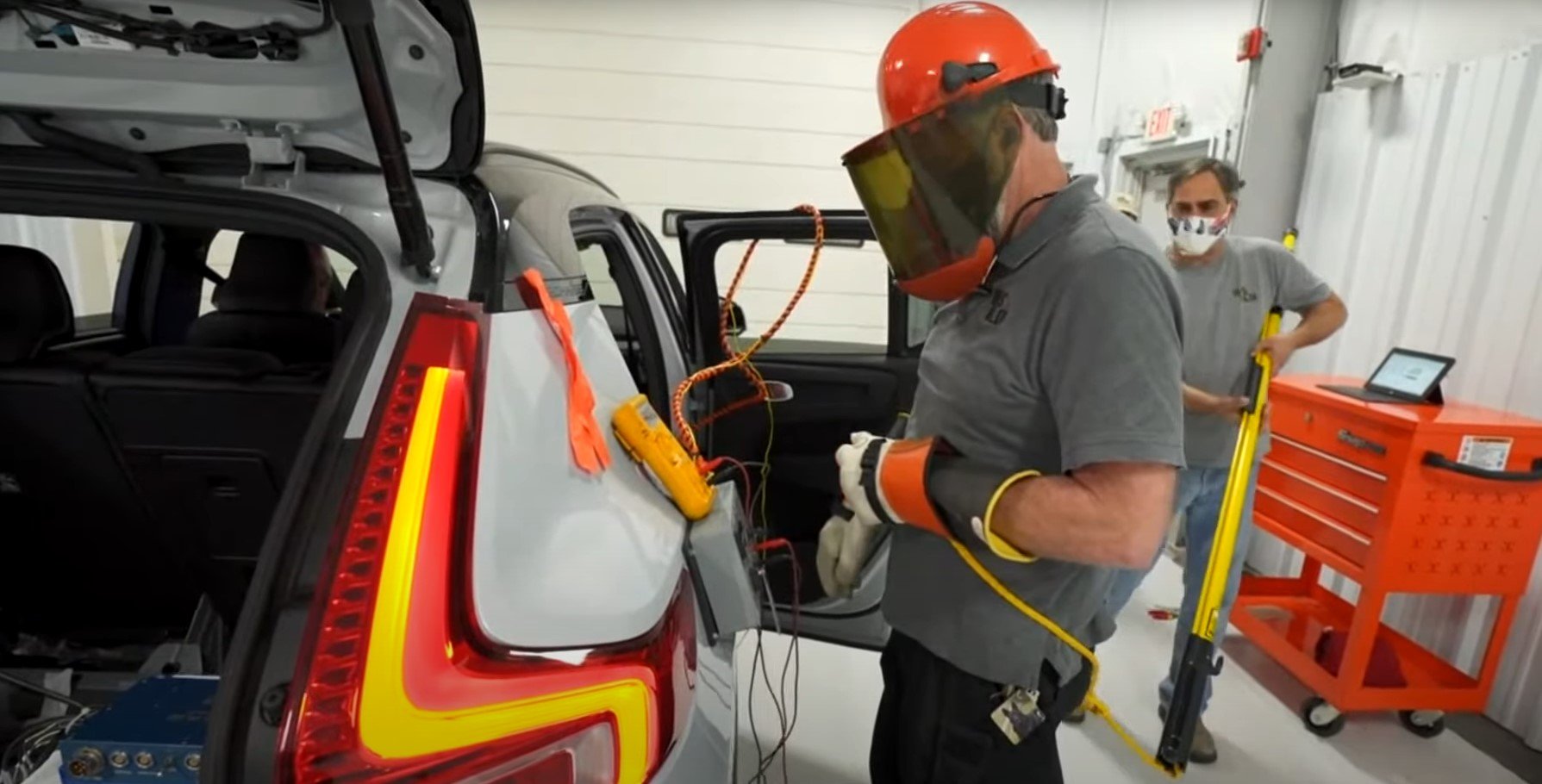
Safe Journeys: Navigating the Roads with Electric Vehicles
Electric vehicles (EVs) have not only revolutionized the automotive industry with their sustainable approach but have also prioritized safety as a fundamental aspect of their design. From advanced driver assistance systems to robust battery safety measures, Electric Vehicle Safety takes center stage in ensuring secure and worry-free journeys on the roads.
Innovations in Battery Safety
Ensuring the safety of electric vehicle batteries is a top priority for manufacturers. Robust battery management systems, thermal management, and effective cooling mechanisms are integral to preventing overheating and ensuring the stability of the battery pack. Innovations in battery safety contribute to the overall safety profile of electric vehicles, addressing concerns related to thermal runaway and fire risks.
Crashworthiness and Structural Integrity
Electric vehicles prioritize crashworthiness and structural integrity to enhance occupant safety. The design of the vehicle’s frame, reinforced by the presence of the battery pack, contributes to a sturdy structure that can withstand impact forces. Rigorous crash tests and simulations are conducted to evaluate and enhance the crashworthiness of electric vehicles, ensuring they meet or exceed safety standards.
Advanced Driver Assistance Systems (ADAS)
Electric vehicles often come equipped with state-of-the-art Advanced Driver Assistance Systems (ADAS). These systems leverage sensors, cameras, and radar technology to provide features such as automatic emergency braking, lane-keeping assistance, and adaptive cruise control. ADAS not only enhances the driving experience but also acts as an additional layer of safety by assisting drivers in avoiding potential collisions.
Pedestrian Safety and Acoustic Vehicle Alert Systems
To address concerns about the quiet operation of electric vehicles, which can be challenging for pedestrians to notice, many EVs are equipped with Acoustic Vehicle Alert Systems (AVAS). These systems emit sound signals to alert pedestrians of the vehicle’s presence. This innovation enhances pedestrian safety, particularly in urban environments where pedestrians may not be accustomed to the near-silent operation of electric vehicles.
Fire Safety Protocols and Emergency Response Training
Electric vehicle manufacturers implement stringent fire safety protocols to address any potential fire-related incidents. Emergency response teams are trained to handle electric vehicle incidents, emphasizing the unique aspects of electric propulsion systems. Manufacturers collaborate with emergency services to provide comprehensive training, ensuring that responders are equipped to handle electric vehicle-related emergencies effectively.
Electric Vehicle Charging Safety
Charging safety is a critical aspect of Electric Vehicle Safety. Manufacturers and charging infrastructure providers adhere to strict safety standards to minimize the risk of electrical faults during charging. Education initiatives for users include guidelines on safe home charging practices and recognizing potential issues with public charging infrastructure, ensuring a safe and reliable charging experience.
Cybersecurity Measures for EVs
With the increasing integration of connectivity and software in electric vehicles, cybersecurity has become a focal point. Manufacturers implement robust cybersecurity measures to protect vehicles from potential hacking attempts. Secure software updates, encryption protocols, and continuous monitoring are part of the cybersecurity strategies employed to safeguard the electronic systems of electric vehicles.
Collaboration for Safety Standards
The electric vehicle industry emphasizes collaboration to establish and uphold safety standards. Manufacturers, regulatory bodies, and industry organizations work together to develop and update safety standards for electric vehicles. These standards cover various aspects, including crash tests, battery safety, and emergency response protocols, ensuring a unified and stringent approach to Electric Vehicle Safety.
User Education and Awareness
Ensuring safety also involves educating users about the unique aspects of electric vehicles. Manufacturers provide user manuals and guidelines covering safe charging practices, emergency procedures, and the specific features of Electric Vehicle Safety systems. Increased awareness among users contributes to responsible and safe electric vehicle ownership.
Continuous Improvement and Future Developments
The commitment to safety in the electric vehicle industry is an ongoing process. Manufacturers invest in research and development to continuously improve safety features and address emerging challenges. The future of Electric Vehicle Safety involves integrating emerging technologies, such as artificial intelligence and vehicle-to-everything communication, to further enhance safety on the roads.
Exploring Electric Vehicle Safety Solutions
For more insights into the world of Electric Vehicle Safety and to stay informed about the latest advancements in safe and sustainable transportation, visit Electric Vehicle Safety. Explore how innovations and standards are shaping the safety landscape of electric vehicles, ensuring secure journeys for drivers, passengers, and pedestrians alike.










